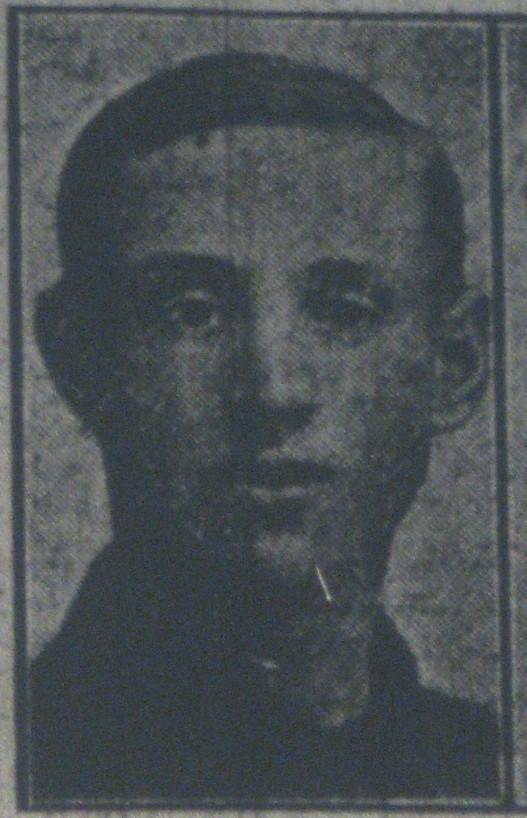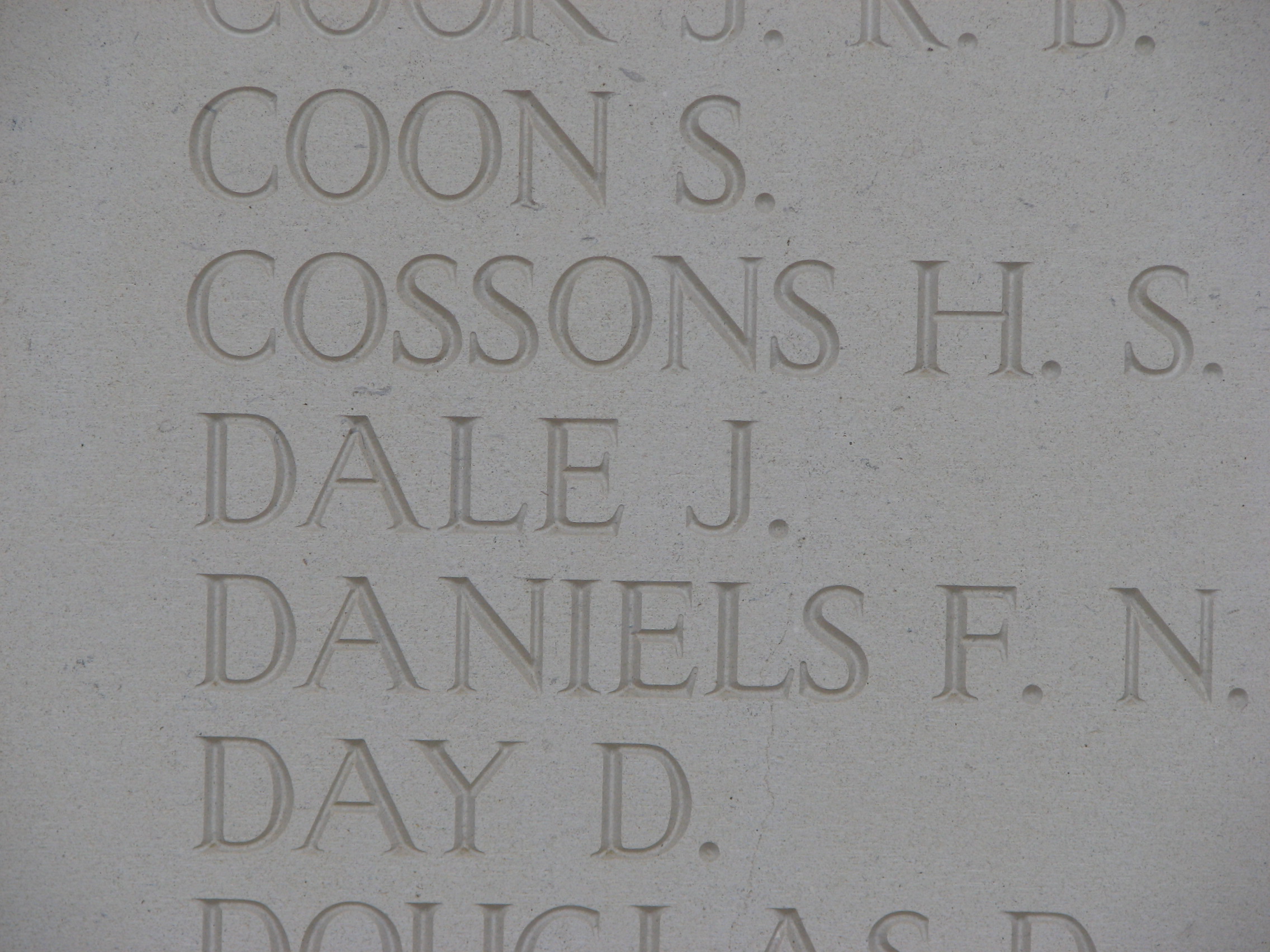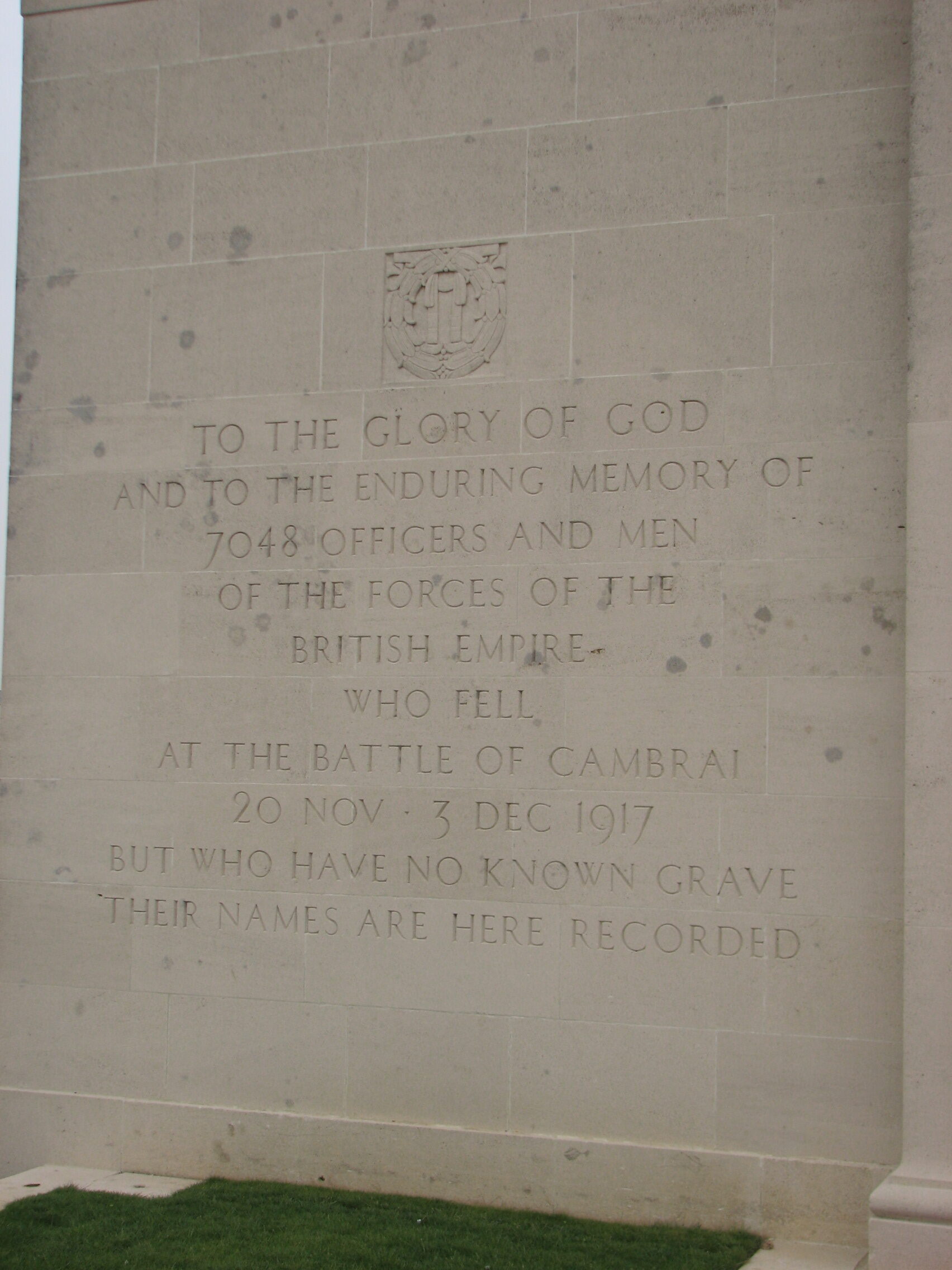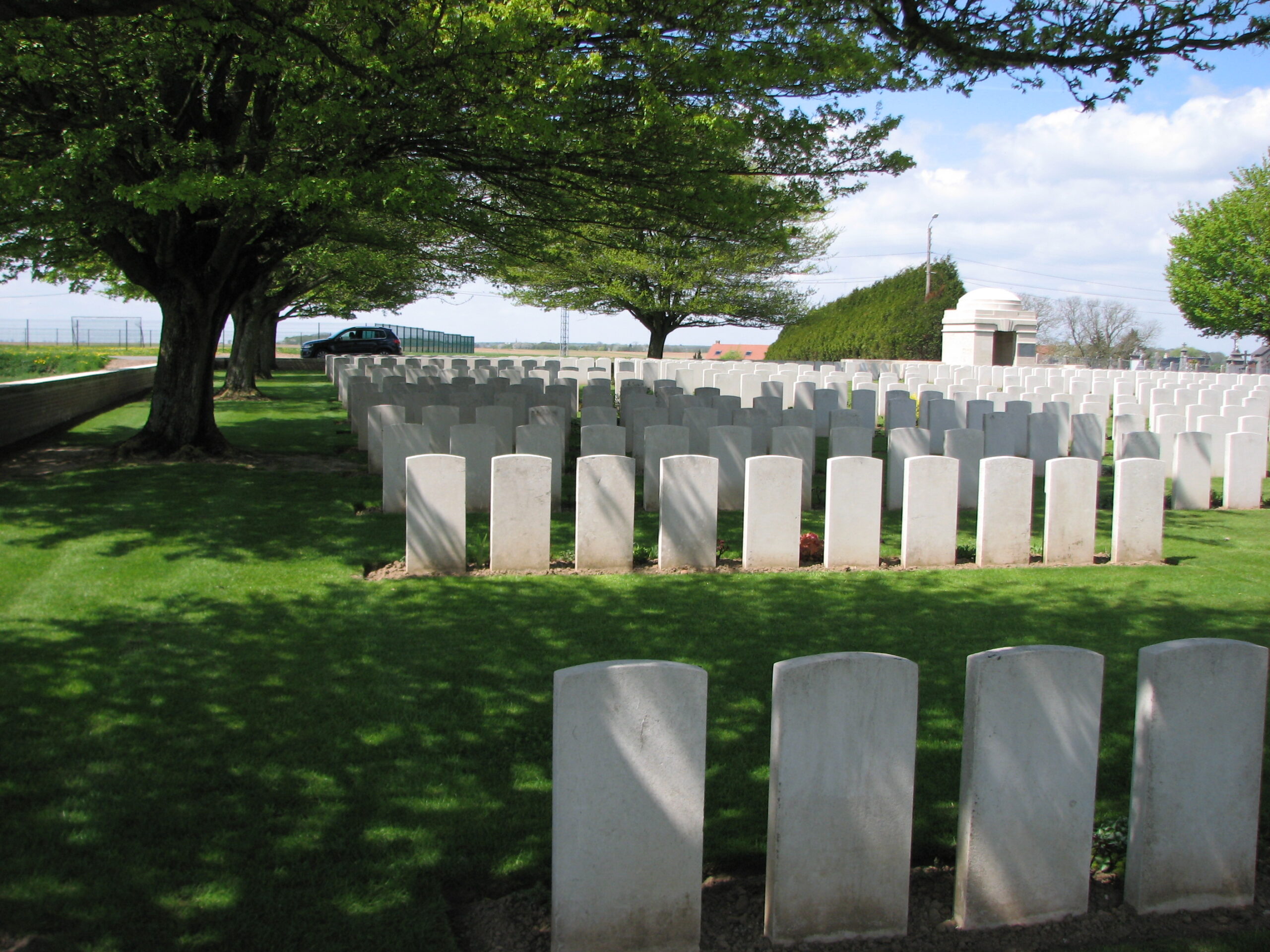John Dale (1897 - 1917)
Brother of Abram and William Dale. John worked as a Farm Labourer and was conscripted into the Army in 1916. Serving in the Coldstream Guards, John fought at the Third Battle of Ypres in 1917 but was killed later that year during the Battle of Cambrai.
- 31
- Died in the Great War
- 51.979785, 1.021551
Details
| Name: | John Dale |
| Service: | British Army |
| Unit: | 2nd Battalion, Coldstream Guards |
| Regimental Number: | 20653 |
| Rank: | Private |
| Date of Death: | 30th November 1917 |
| Age: | 20 1 The records of the Commonwealth War Graves Commission incorrectly state that John was 18 when he died. |
| Commemorated: | Panel 2, Cambrai Memorial, Louverval, France |
The Battle of Cambrai in Northern France, is remembered primarily for the first large-scale, effective use of tanks in warfare. For Charles and Esther Dale who lived at Box Corner, the Battle would mean the loss of the second of three sons who died in the service of their country during the Great War.
Family Background and Early Life
John Dale was born on 21st October 1897, in East Bergholt, the fifth child of Charles Abraham Dale and his wife Esther.
Charles who was from East Bergholt was a Farm Labourer at the time of John’s birth, though he later became a Horseman on a Farm. He and Esther – who was also from East Bergholt – married in 1889, and for a short time they lived at Mistley where Charles was employed as a Maltster. Their first child – a daughter who they called Emily – was born at Mistley, but they moved back to East Bergholt shortly afterwards.
Together Charles and Esther would have 11 children. They lived near High Trees Farm, though their address was also stated as 11 Box Iron, Box Corner or Quintons Corner.
John attended the village school at Burnt Oak Corner from June 1901 until November 1910, the minimum school leaving age being 13 at that time. After he left, John found work as a Farm Labourer. 2 At the time of his call up, John was employed by Cecil Haward of High Trees Farm.
Conscription
John was conscripted into the Army on the last day of May 1916, at Ipswich. From this point, John was officially part of the Army Reserve, though he was able to return home as at this time eighteen year olds were not be formally called up until they were nineteen. His surviving Service Papers show that at the time of his enlistment, John was 5 foot 9 ½ inches tall.
On 1 December 1916, John was called up and he reported to the Guards Depot at Caterham in Surrey, where he was posted to the 5th (Reserve) Battalion of the Coldstream Guards. The main role of the 5th was to provide drafts of replacements for the other Coldstream Guards battalions serving with the British Expeditionary Force (B.E.F.) in France and Flanders.
John remained in England until 8th July of the following year when he was posted to join the Regiment’s 2nd Battalion, at that time serving in Belgium.
Third Battle of Ypres
At this stage of the War it was usual for a new recruit to spend his first couple of weeks in France at an Infantry Base Depot established in the rear areas, where they underwent further instruction before joining their unit. It appears that John actually joined the 2nd Battalion on 26th July 1917. At that time, they were in billets at Herzeele (approximately 30 miles west of Ypres) where they had been training for the last week and a half.
The day after John’s arrival, the 2nd left Herzeele to move towards Ypres, where they were to take part in the opening attacks of the summer offensive. This offensive is formally known as the Third Battles of Ypres, but is now commonly called the Battle of Passchendaele.
The 2nd Coldstream Guards (who were part of the northern attack) – managed to cross the Yser Canal and take their objective despite encountering heavy artillery and machine gun fire. They then held these positions for the next three days – mostly in torrential rain which left the men standing in cold water up to their thighs – and often under heavy shellfire.
Despite the initial promise of its opening days, the Battle would drag on for another three and a half months. The 2nd Coldstream Guards returned to the Battle three more times during September and October.3 In August 1917, another East Bergholt man joined the 2nd Battalion of the Coldstream Guards. Robert Neville had grown up on Cemetery Lane, but had been living in Hampshire for a number of years. Whether John and Robert met whilst they were in France and Belgium is not known. It is not inconceivable however, as Robert still had a brother and sister living in East Bergholt, and he may well have corresponded with them.
Robert Neville died of wounds in hospital in Leicester on 23 October 1918, aged 37.
John’s elder brother William, was also involved in the fighting during the Third Battle of Ypres. William had been wounded on 4th October 1917, and died of his wounds in hospital in Rouen, 6 days later, aged 21. 4 William John Dale – Charles and Esther’s 2nd son – had been serving in the 9th Battalion, the Sherwood Foresters (Nottinghamshire and Derbyshire Regiment). William is buried in the St. Sever Cemetery Extension, at Rouen.
The Battle of Cambrai
Whilst the fighting in Belgium had been dragging on, a plan had been devised to try a new form of attack in another sector of the British line, which would attempt to smash the formidable German defences known as the Hindenburg Line. Starting on 20th November 1917 near the town of Cambrai, the attacks initially met with tremendous success, though the advance slowed considerably over the coming days.
The 2nd Coldstreams were not actually involved in the attacks themselves, though they were in the front line or support trenches for several days between 24th and 28th November and sustained some casualties.
On 30th November, the Germans launched a large counter-attack, in an attempt to wrest back the land recently captured by the British. The Guards Division (including John’s Battalion) were rushed towards the rapidly approaching front line that same morning, in an attempt to stem the German advance.
The 2nd Coldstreams and two other Guards battalions – even though they had no artillery support – were ordered to recapture the village of Gouzeaucourt, which had just fallen to the Germans, The 3 battalions started their advance in four waves, presenting what was regarded as a stirring sight to many who witnessed it.
Despite heavy artillery and machine gun fire, the Guards stormed into Gouzeaucourt, and had retaken it within the hour. Advancing a short distance beyond their objective, the Battalion dug in before the fighting died down with the onset of darkness. The attack had been costly, and the 2nd Coldstream Guards had suffered 241 men killed, wounded and missing.
One of those listed as missing in the fighting of 30th November was John. His parents were officially notified of this in December, but by the end of January 1918 the Army had confirmed that John was now regarded as having died “on or around” 30 November 1917.
John has no known grave, and is officially commemorated on the Cambrai Memorial to the Missing, at Louverval.
The Cambrai Memorial – situated on the main Bapaume to Cambrai road – commemorates over 7,000 servicemen of the United Kingdom and South Africa who died in the Battle of Cambrai in November and December 1917, and who have no known grave.
Postscript
Just less than six months after John was killed, Charles and Esther’s eldest son, Abram died of wounds in France. 5 Abram served in the 11th Battalion, the Essex Regiment. He had joined up in September 1914, and had served in France since August 1915. Abram died of wounds on 26th May 1918, aged 23, and is buried in the Esquelbecq Military Cemetery, Esquelbecq France. The Dales are one of three families from Bergholt, who each lost three sons in the Great War.
Charles and Esther remained living in East Bergholt after the War. Esther Dale died in 1934 at the age of 66 and Charles died in 1950 at the age of 84. Both are buried in East Bergholt Cemetery.
Copyright © Mark Ashmore, 2024
- 31
- Died in the Great War
- 51.979785, 1.021551





